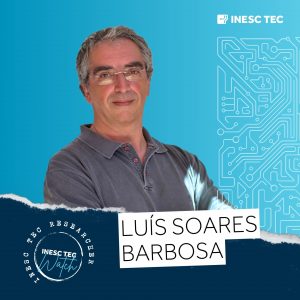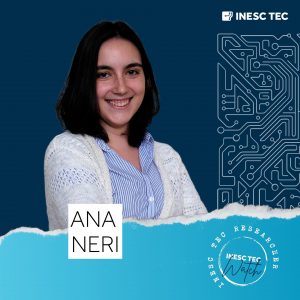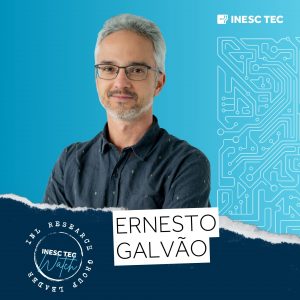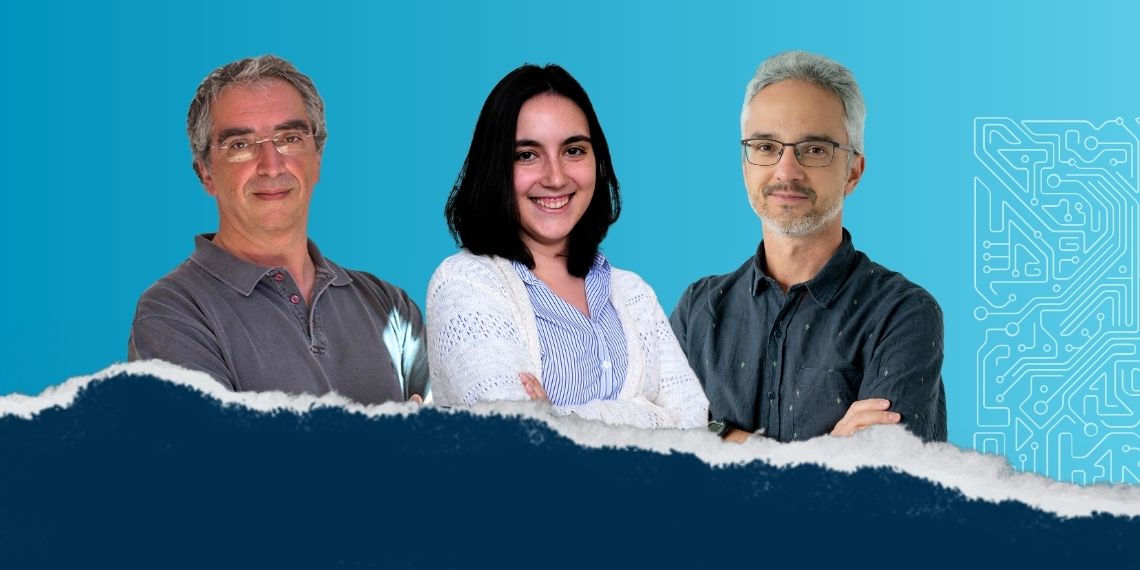This is not the first time that Google has announced the development of a quantum computer capable of solving a problem that no conventional computer could solve, in a matter of minutes. However, this time, the company emphasised the use of a chip called Willow on a quantum machine that required five minutes to perform a mathematical calculation that would take a supercomputer 10 septillion years (a 10 followed by 24 zeros) to perform, even below the “error correction threshold” – showing that by increasing the number of qubits, one can easily reduce the number of errors, leading to a more effective use of said machines. Could it be?
“Google’s announcement is, in fact, particularly promising; for the first time, it shows that the use of correction codes is scalable for high qubit volumes. A very important step towards effective and fault-tolerant quantum machines that, now, are still a mirage”, said Luís Soares Barbosa, researcher at INESC TEC and professor at the University of Minho.

But let’s take it one step at a time: after all, what is this Google innovation? What are correction codes? How can the Willow chip revolutionise quantum computing and bring it closer to reality? In this edition of INESC TECWatch, we welcome INESC TEC researchers Luís Soares Barbosa and Ana Neri, and the coordinator of the QLOC (Quantum and Linear Optical Computation) research group at INL (International Iberian Nanotechnology Laboratory), Ernesto Galvão, to understand how this advance by Google can bring quantum computing closer to – our – reality.
The race for quantum supremacy
The use of quantum machines seems to be closer than ever – we just don’t know when. It is true that, over the last few years, major tech companies like Google or IBM have been making efforts to develop these computers: more qubits, less time to solve complex problems, less errors, more stability. And there have been several important announcements – and records. In 2019, Google announced that it had achieved quantum supremacy, when the quantum computer Sycamore (with 53 qubits) managed to solve a problem that no conventional computer could solve – in three minutes and 20 seconds. According to Google, the most capable supercomputer at the time, IBM‘s Summit, would even take 10.000 years to perform the same operation. In 2022, a team from the Chinese Academy of Sciences in Beijing challenged this position by proposing an algorithm that, designed for a non-quantum computer, was able to solve the same problem. The team also calculated that if they were able to run this algorithm efficiently on a supercomputer, they could solve the problem in a few tens of seconds, beating Google‘s machine time. In the same year, IBM introduced the world to the Osprey – with 433 qubits, it was, at that time, the most powerful quantum computer ever.
In fact, IBM even designed a roadmap to leverage the development of quantum technology that paves the way for the creation of large-scale systems and the emergence of machines with a million or more qubits. But until then, the path doesn’t seem to be linear and the race’s finish line is still out of sight. The goal? Develop a fault-tolerant quantum computer. And this is where quantum error correction comes in.
Quantum error correction: will we be closer to the goal?
While a bit may represent only a binary value – 0 or 1 – a qubit may represent 0, 1, or an superposition of both. And that is why they can process information very quickly, solve extremely complex problems and decipher encryption (yes, this may be one of the areas most challenged by quantum computing). However, in addition to being very sensitive to external interference, like pressure or temperature (qubits must be kept at extremely low temperatures, very close to absolute zero), qubits are also sensitive to errors. We can think of these errors as being a giant barrier in the race for quantum development – and they tend to increase whenever the number of qubits increases.
Ana Neri, researcher at INESC TEC and PhD student at the University of Minho, told us that when the idea of creating a quantum computer was first launched, one of the issues raised was precisely the fragility of quantum states – and what was the best way to deal with it. “In 1995, Shor[1] came to the conclusion that one could overcome said issue using quantum error correction and this has been a major strategy on the path to the development of fault-tolerant quantum computers,” she recalled.

According to the researcher, in a quantum error correction scheme, the objective is to create redundancy to store state information that we are trying to protect in auxiliary qubits, thus allowing to retrieve the original information when it is lost. That is, to encode a certain amount of information, the number of qubits increases, creating redundancy – and this redundancy allows the so-called auxiliary qubits to monitor the errors. “The problem is that said auxiliary qubits also contain errors. The process of creating redundancy and correcting the original state can also lead to errors; so, increasing protection could end up just adding more noise,” she added.
In an article published in the journal Nature, the Google Quantum AI (Google‘s quantum computing research group) showed that increasing the level of protection can reduce the occurrence of errors – in fact, the team was able to achieve the “below threshold” level. “The group demonstrated the operation of error correction codes in two quantum processors based on superconducting chips. The processors are from the new family of chips, called Willow, with up to 105 qubits, and translate into improvements in the quality of the logic gates implemented[2], and a connectivity architecture suitable for the implementation of quantum error correction codes known as surface codes,[3] ” explained Ernesto Galvão, coordinator of INL’s QLOC research group – adding that “said demonstrations were considered important milestones by the community”.

Why? According to the researcher, because they demonstrated that the error of the encoded logical qubit decreased by approximately half due to error correction. “This was done twice in a row, by moving from codes that use 3×3 grids to 5×5 grids – and from these to a 7×7 qubits grid. In addition to this demonstration of error correction codes, the group also demonstrated random circuits that are difficult to classically simulate, by an even greater margin than the considerable margin of previous experiments,” he explained.
In the words of Ernesto Galvão, “the development of the hardware and software/electronics necessary for the coding and decoding of codes in real time attest to the group’s commitment to the development of fault-tolerant quantum computers”.
What opportunities does this Google discovery bring?
Still, and although they recognise the importance of this advance for the development of quantum computing, the researchers recalled the path – and the uncertainty – that still lies ahead towards the effective use of quantum machines. The QLOC coordinator explained that it is not yet known whether it will be possible to take computational advantage with economic importance without the use of error correction; and that although, in Google‘s discovery, there is a single coded qubit, the article “represents the greatest achievement indicating the path to the scalability of fault-tolerant quantum computers”. According to Ana Neri, it is important to analyse this news and frame them “according to a proper context”. “This is just one step on the long road to a quantum computer capable of solving useful problems. Only time will tell how significant this advance will be for the practical use, that we all hope to witness,” she mentioned.
In any case, Google seems to have opened a door with several opportunities. “From the point of view of my own research, all the evolution at this level only makes it more urgent to invest in the development of new quantum algorithms that can run on increasingly promising machines, as well as in the development of a true software engineering for this paradigm”, said Luís Soares Barbosa. Ernesto Galvão added “Other milestones are still to be achieved, like logic gates applied to encoded logical qubits, and two encoded qubits gates with errors below 10^-6.”
While we wait for the news that quantum computers are on the market, we continue to witness a race, still with no goal in sight, but that could lead us to more powerful machines, capable of solving problems in different sectors, like healthcare – namely in the discovery of new drugs -, and to accelerate the development of others like Artificial Intelligence.
[1]Peter Williston Shor is an American researcher, professor at the Massachusetts Institute of Technology (MIT), known for his work in the area of quantum computing, in particular for having developed the Shor quantum algorithm.
[2]Logic gates allow manipulation of qubits.
[3]Surface codes are a way to group physical qubits into logical qubits, which protects calculations from errors without negatively impacting machine performance.



 News, current topics, curiosities and so much more about INESC TEC and its community!
News, current topics, curiosities and so much more about INESC TEC and its community!